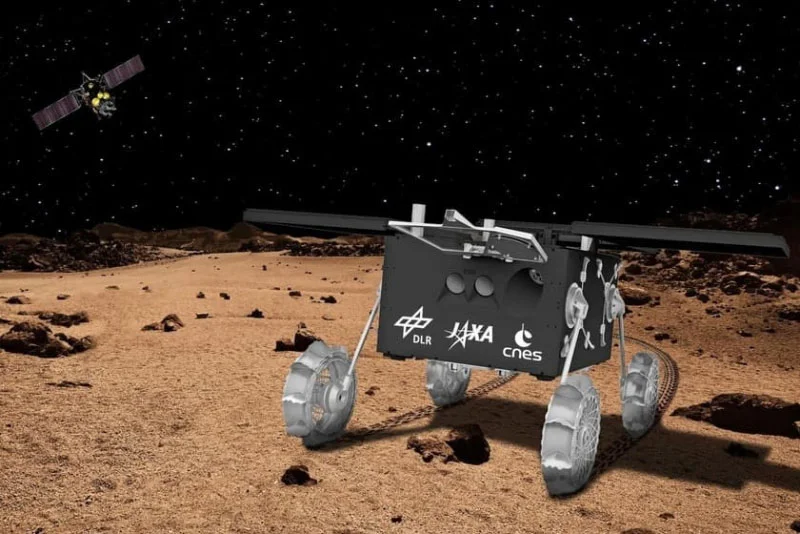The Japan Aerospace Exploration Agency (JAXA) reported on the X social network that the work schedule of the Mars moons Phobos and Deimos has been revised. The launch of the MMX (Martian Moons eXploration) mission will now take place in 2026 instead of the planned launch in 2024. The schedule change was the result of the crash of the new Japanese H3 launch vehicle that was supposed to launch the mission into space.
The MMX mission includes flybys of both Mars moons, with the station entering semi-orbit of Phobos. The low mass of this satellite on Mars will cause the station to constantly run its engines to stay above water. A lander designed and manufactured in Japan will then be landed on Phobos. After examining the satellite, it will take a soil sample and send it to Earth. JAXA is responsible for returning samples from asteroids, so the MMX mission has a very high probability of success. No one has yet landed on the moon of Mars, and the Japanese have a chance to enter the history of world cosmonautics with this.
A small European IDFIX rover will also be delivered to the descent module on Phobos. He will carry out the exploration of the satellite. All of these would be sent to Mars with the new Japanese rocket H3. However, its first operational launch resulted in an accident in which the new Earth remote sensing satellite was lost. Therefore, JAXA decided not to risk the MMX mission until the new rocket had accident-free flights.
The origin of Mars’ moons is still unknown. They either emerged as a result of an asteroid impact on Mars or were captured by the Red Planet’s gravity during the formation phase. At one time, the option of their artificial origin was even considered. Soil samples taken from Phobos will help solve this mystery. We’ll find out all this in 2031, when the returning probe will drop samples on Earth.













